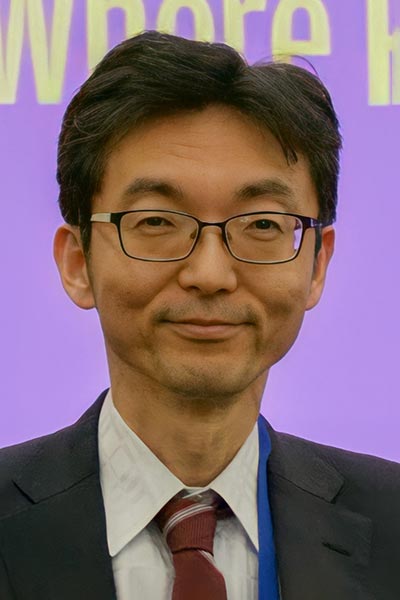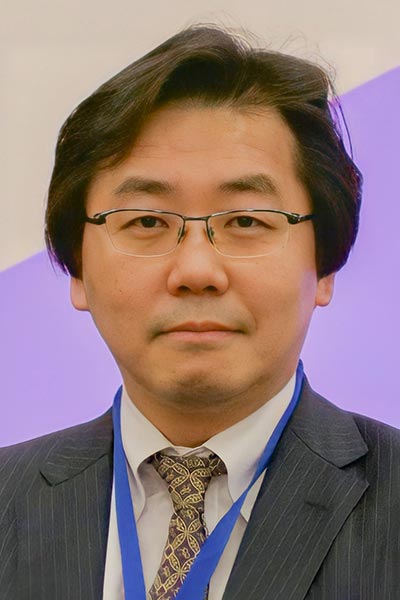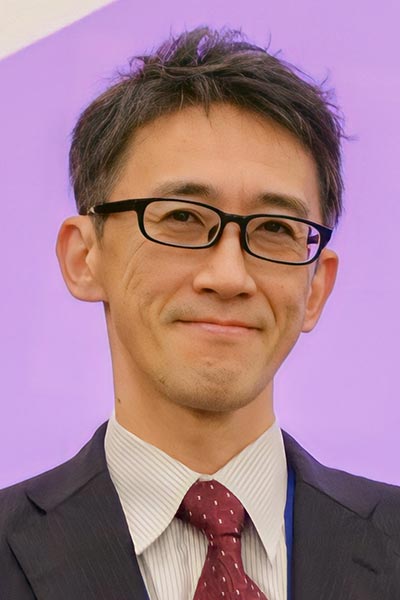Next-generation sequencing, single-cell analysis, high-resolution, and other recent advances in omic technologies are providing new insights into the pathology of multiple rheumatic diseases. Researchers in Japan and across the globe are combining this cutting-edge technology to create novel trans-omic approaches to translate basic science discoveries into clinical rheumatology.

“SLE (systemic lupus erythematosus) is the prototypical autoimmune disease—very heterogeneous, very difficult to treat, and very difficult to predict,” said Keishi Fujio, MD, PhD, Professor and Director of Allergy and Rheumatology, University of Tokyo, Japan. “Even in patients on low-dose steroids with clinically stable SLE, withdrawal of 5 mg prednisone daily is associated with a fivefold risk for flare. We need a deeper understanding of the immune signals in SLE both in remission and in flare.”
Dr. Fujio opened Trans-Omic Dissection of Gene Regulation in Immune-Mediated Diseases: A Joint JCR/ACR Session on Sunday, November 13. The session is available for on-demand viewing for registered ACR Convergence participants through October 31, 2023, on the virtual meeting website.
Functional genome analysis is one possible approach to understanding immune signals and the ways those signals change in health and disease, Dr. Fujio said. By focusing on the dynamic expression of gene products in disease, functional analysis helps explain how the genome, epigenome, transcripts, proteins, metabolism, and environment interact to produce a disease phenotype and suggest novel therapeutic targets.
Genome-wide association studies (GWAS) have identified more than genes that are active in SLE and affect gene expression levels. An early expression quantitative trait locus analysis of 13 subsets identified more than 3,000 genes in each subset. More recent work with the Immune Cell Gene Expression Atlas from the University of Tokyo expanded the analysis to transcriptomes of 28 immune cell types from 337 SLE patients and 79 controls. Pathway analysis identified memory B cells associated with mitochondrial alterations in SLE.
These mitochondrial alterations were positively associated with SLE disease index, suggesting that mitochondrial pathways may be associated with SLE damage and progression, Dr. Fujio noted. Meta-analysis of two Japanese SLE GWAS revealed 14 significant loci and suggested 32 associated loci with B cells, the most affected immune cell type. Mouse models showed that activation of mitochondria in B cells is associated with poorer prognosis and increased genetic risk in SLE.
“There are two distinct genetic disease activity signatures in SLE, disease targeted by mycophenolate mofetil and disease targeted by hydroxychloroquine,” Dr. Fujio said. “Our data also suggest that remission of SLE does not mean immunological normalization. We need a combination of a large clinical cohort and a functional genome database for SLE to find biomarkers for these pathways that may be useful in the clinic.”
Other approaches are helping to understand the bone damage seen in osteoarthritis.

“Osteoclasts eat and destroy bone in arthritis, but eating bone is not an easy task,” said Masaru Ishii, MD, PhD, Professor of Rheumatology and Cell Biology, Osaka University School of Medicine, Japan. “We used intravital multiphoton imaging to visualize bone cell dynamics in vivo. Physiological bone remodeling is different from pathological inflammatory bone destruction and the osteoclasts in the two processes are quite different. Physiological and pathological osteoclasts have different precursors.”
The precursors of inflammatory osteoclasts, dubbed arthritis osteoclastogenic macrophages (AtoMs), are derived from circulating inflammatory macrophages and can be found only in arthritic joints. The precursors of physiologic osteoclasts are derived from non-inflammatory macrophages and can be found in all joints.
These “bad” precursors differentiate into pathogenic AtoM osteoclasts more effectively than conventional osteoclast precursors, Dr. Ishii explained. The transcription factor FoxM1 controls osteoclastogenesis from AtoMs, but not from conventional osteoclast precursors.
“FoxM1 could be a therapeutic target for arthritic bone destruction,” he said. “The osteoclastogenic capacity of human AtoMs may depend on serology and treatment effects, reflecting the disease activity of each arthritis subtype.”

Immune responses within inflamed joints are key elements in the pathogenesis of rheumatoid arthritis (RA). B cells expand dramatically in synovial tissues compared to peripheral blood even in the earliest stages of RA. CXCL13, produced largely by T peripheral (Tph) cells in the lymph nodes, promote the accumulation of B cells within the inflamed synovium and predict disease activity. These CXCL13-producing CD4-positive T cells are a distinct CD4-positive T cell subset.
“Tph correlates with RA disease activity in synovial tissue,” said Hiroyuki Yoshitomi, PhD, Associate Professor of Immunology, Kyoto University Graduate School of Medicine, Japan. “These Tph clusters differentiate locally, in RA synovial tissue, and then migrate into the synovial fluid. In patients with RA, Tph develops in situ, then spreads through the circulation into other joints. As RA progresses, Tph may be a good clinical target to be investigated.”

Registered ACR Convergence 2024 Participants:
Watch the Replay
Select ACR Convergence 2024 scientific sessions are available to registered participants for on-demand viewing through October 10, 2025. Log in to the meeting website to continue your ACR Convergence experience.
